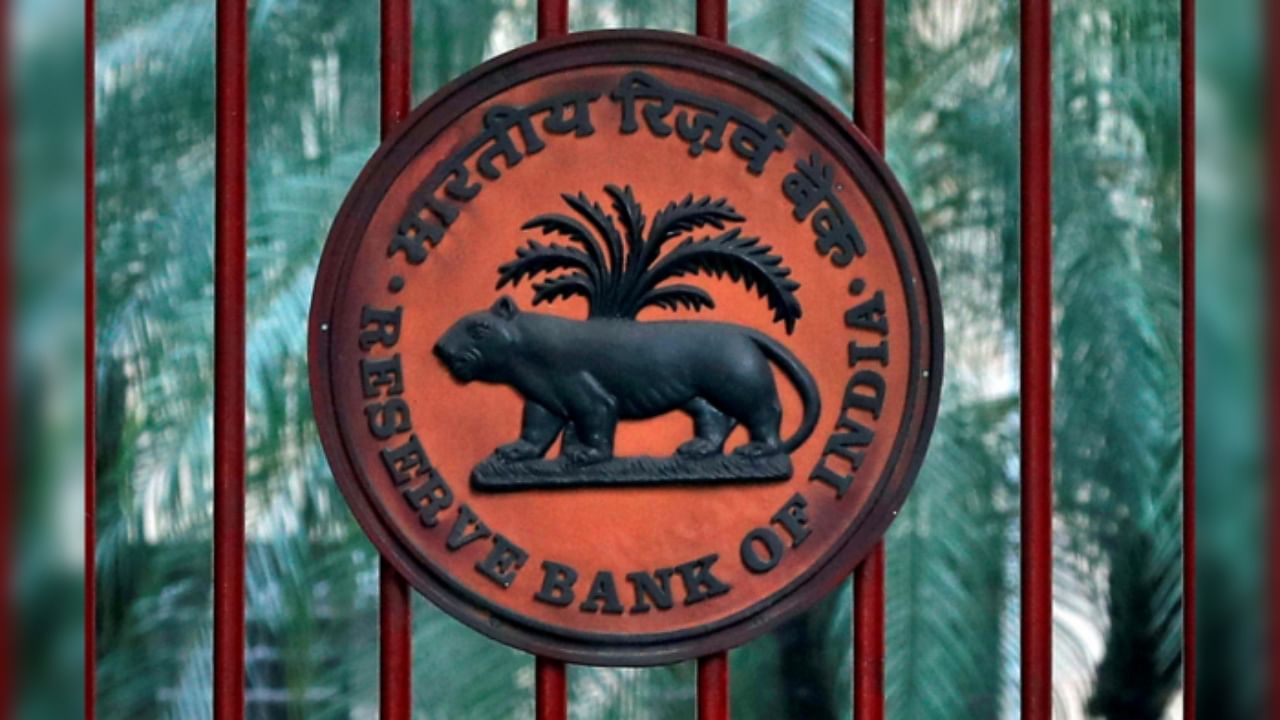
India's current account deficit widened to $67 billion or 2 per cent of GDP in the financial year ended March 2023 from $38.7 billion or 1.2 per cent of GDP recorded in the previous year, even though the deficit narrowed in January-March quarter helped by robust increase in services exports.
As per preliminary data on India’s balance of payments released by the Reserve Bank of India (RBI) on Tuesday, the country’s current account deficit narrowed to $1.3 billion in the fourth quarter of 2022-23 from $16.8 billion recorded in the previous quarter. As a proportion of GDP, the current account deficit moderated to 0.2 per cent in January-March quarter of 2022-23 from 2 per cent in the previous quarter.
In the January-March 2022 quarter the current account deficit stood at $13.4 billion or 1.6 per cent of GDP. It rose to $17.9 billion in April-June 2022 period and surged to $30.9 billion in July-September 2022 quarter.
In the fourth quarter of 2022-23, the current account deficit narrowed sharply due to a sharp increase in services exports. “The sequential decline in CAD in Q4:2022-23 was mainly on account of a moderation in the trade deficit to $52.6 billion in Q4:2022-23 from $71.3 billion in Q3:2022-23, coupled with robust services exports,” RBI said in a statement.
Current account deficit or CAD is an important tool to measure the health of the country’s economy. It is the shortfall between the money received by selling products and services to other countries and the money spent to buy goods and services from other nations. Trade deficit is the largest contributor to India's current account deficit.
The overall CAD in the fiscal 2022-23 was higher when compared with the previous year due to a surge in the trade deficit. “Uptick in merchandise imports due to higher global commodity prices led to the widening of trade deficit,” said Madan Sabnavis, Chief Economist at Bank of Baroda.
Trade deficit widened to $265.3 billion in the financial year ended March 2023 from $189.5 billion in the previous year.
"Net invisible receipts were higher in 2022-23 due to increase in net exports of services and net private transfer receipts, even though net income outgo was higher than a year ago," the RBI said.
Foreign Direct Investment (FDI) inflows in 2022-23 declined to $28 billion from $38.6 billion in 2021-22. Foreign portfolio investment (FPI) recorded an outflow of $5.2 billion in 2022-23 as compared with an outflow of $16.8 billion in the previous year.
Net external commercial borrowing (ECBs) to India recorded an outflow of $4.1 billion in 2022-23 as against an inflow of $7.4 billion in 2021-22. During the financial year ended March 2023, there was a depletion of $9.1 billion of the foreign exchange reserves (on a BoP basis), the RBI data showed.
Sabnavis said, the CAD is likely to remain in the range of 1.2 per cent to 1.6 per cent of GDP in the current financial year.
“Current account deficit is expected to rise on-quarter in Q1 FY24 as merchandise trade deficit has widened again and the services trade surplus has moderated a tad,” said Dharmakirti Joshi, Chief Economist at CRISIL.